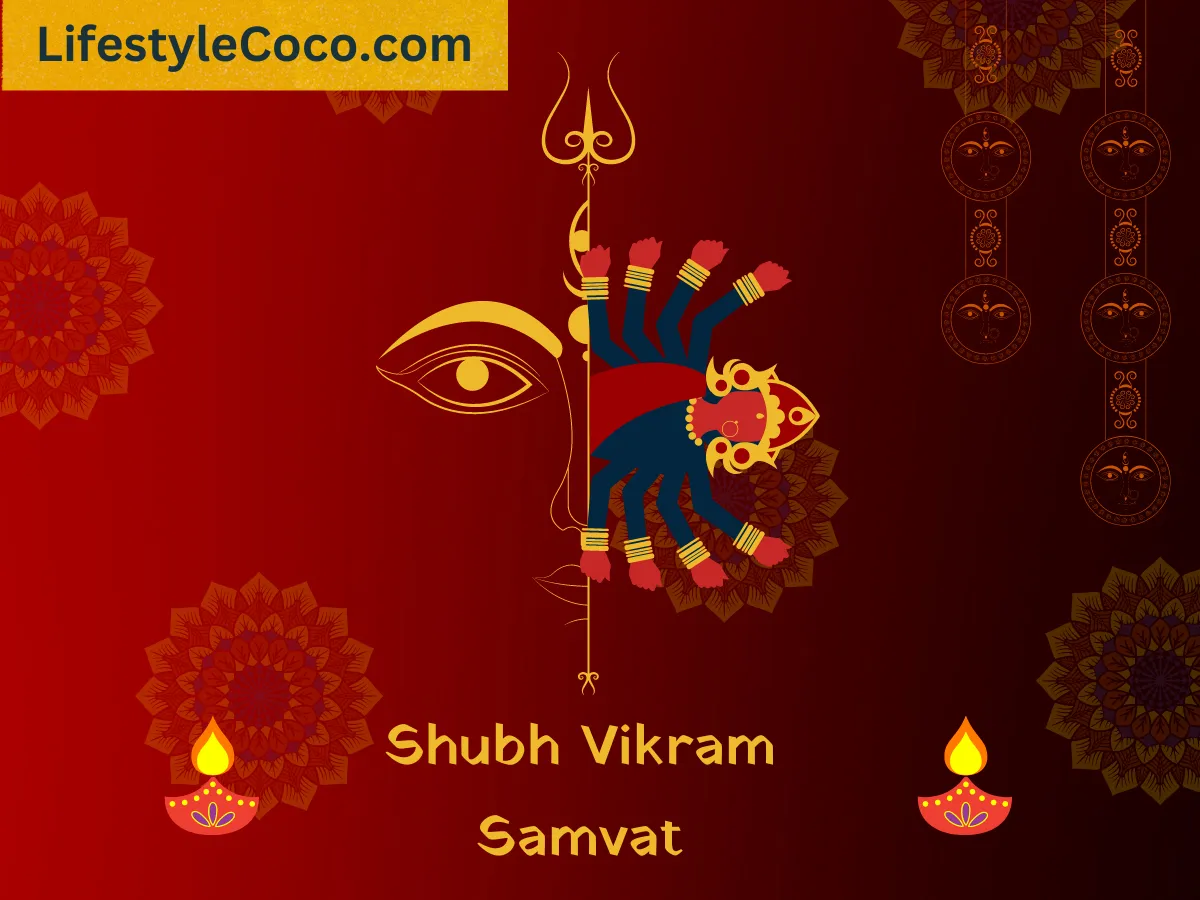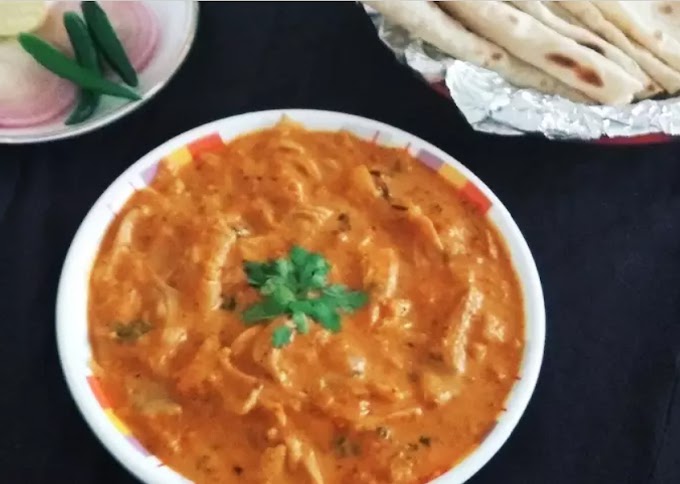Hindu New Year, also known as "Vikram Samvat," is a significant event celebrated by Hindus all over India and in different parts of the world. The date for the Hindu New Year varies every year because it is calculated based on the lunar calendar. It typically falls in the months of March or April and is celebrated on different dates in different parts of India, depending on the local traditions.
Significance of Vikram Samvat: The Hindu New Year
Vikram Samvat is considered an auspicious occasion and is celebrated with great fervor and enthusiasm. It marks the beginning of a new year and is seen as a time of new beginnings, fresh starts, and hope. Hindus believe that by performing rituals and puja (worship), they can rid themselves of past sins and bad karma and start afresh with positive energy.
History and Background of Vikram Samvat
The history of the Vikram Samvat goes back thousands of years, and its roots can be traced to ancient Hindu scriptures such as the Rigveda, which dates back to around 1500 BCE.
The Hindu New Year is based on the Vikram Samvat calendar, which was established by the legendary king Vikramaditya. According to legend, King Vikramaditya defeated the Sakas and established a new era, which is known as the Vikram Samvat.
Different Names of Hindu New Year Across India
The Hindu New Year is celebrated under different names in different parts of India. Here are some of the names:
Ugadi: In the southern states of Andhra Pradesh, Telangana, and Karnataka, the Hindu New Year is celebrated as Ugadi. The name Ugadi is derived from two Sanskrit words, "yuga" and "adi," which mean "era" and "beginning," respectively.
Gudi Padwa: In Maharashtra, the Hindu New Year is celebrated as Gudi Padwa. The name Gudi Padwa is derived from two words, "gudi," which means "flag," and "padwa," which means "the first day of the bright fortnight of the lunar month."
Chaitra Navratri: In some parts of North India, the Hindu New Year is celebrated as Chaitra Navratri. This festival is dedicated to the worship of the Hindu goddess Durga and is celebrated for nine days.
Vishu: In Kerala, the Hindu New Year is celebrated as Vishu. The name Vishu is derived from the Sanskrit word "Vishuvam," which means "equal." The festival is celebrated with great enthusiasm and is considered an auspicious day.
Celebrations and Traditions
The Hindu New Year is celebrated with great enthusiasm and excitement across India. People clean their homes and decorate them with flowers and rangolis. They wear new clothes, visit temples, and offer prayers to their deities.
Some of the common rituals performed on this day include lighting lamps, preparing special dishes, and exchanging gifts and sweets with friends and family members.
10 Interesting Facts About Vikram Samvat
Here are 10 interesting facts about Vikram Samvat:
1. Vikram Samvat is an ancient Hindu calendar system that is still used in India and Nepal for religious and cultural purposes.
2. The calendar is based on the lunar cycle and is composed of 12 months, with each month starting from the day after the full moon.
3. The new year in the Vikram Samvat system typically falls on the first day of the Hindu month of Chaitra, which usually falls in March or April in the Gregorian calendar.
4. The calendar is named after King Vikramaditya, who is said to have defeated the Sakas and established a new era.
5. Unlike the Gregorian calendar, the Vikram Samvat system does not account for leap years, which means that it is 57 years ahead of the Gregorian calendar.
6. The Vikram Samvat system is primarily used for religious and cultural purposes, while the Gregorian calendar is used for official and administrative purposes.
7. In northern India, the new year is commonly known as Nav Samvatsar or Nav Varsh, while in Maharashtra, it is called Gudi Padwa or Ugadi in Karnataka, Andhra Pradesh, and Telangana.
8. The Vikram Samvat calendar is also used to calculate the dates of many Hindu festivals, including Diwali, Holi, and Navratri.
9. The Vikram Samvat calendar has been used for centuries and is deeply ingrained in Indian culture and tradition.
10. Despite the prevalence of the Gregorian calendar in modern times, the Vikram Samvat system continues to be celebrated and used in various parts of India and Nepal.
FAQs
What is Vikram Samvat?
Vikram Samvat is an ancient Hindu calendar system that is used in India and Nepal to mark the start of a new year. It is named after the legendary King Vikramaditya and is based on the lunar cycle.
The calendar is known for its accuracy in predicting auspicious and inauspicious times for important events. It is still used by many Hindus today and is an important part of their culture and traditions.
Who started Vikram Samvat era?
The Vikram Samvat era was started by the legendary King Vikramaditya of Ujjain, who defeated the Sakas and established a new era that is still in use in certain parts of India and Nepal.
Who follows Vikram Samvat?
The Vikram Samvat calendar system is followed by many Hindus in India and Nepal, particularly in the northern and western regions of the country. It is also used by some government and educational institutions for official purposes.
Why is Vikram Samvat 57 years ahead of?
Vikram Samvat is 57 years ahead of the Gregorian calendar because the Vikram Samvat system does not account for leap years, while the Gregorian calendar does. As a result, over time, the difference between the two calendars accumulates and leads to a larger gap between the two.
This is why when converting dates from Vikram Samvat to Gregorian, 57 years need to be subtracted from the Vikram Samvat date to get the corresponding Gregorian date.
Which is the first day of Indian Samvat?
The first day of the Indian Samvat varies depending on the region and calendar system being used. However, the first day of the Vikram Samvat, an ancient Hindu calendar system used in India and Nepal, is typically celebrated as the Hindu New Year and falls on the day after the new moon in the Hindu month of Chaitra, which usually falls in March or April in the Gregorian calendar.
How many Samvat are there in India?
There are several Samvats or calendar systems used in India, including the Vikram Samvat, Shaka Samvat, and the Gregorian calendar, which is used as the official calendar of India. The Vikram Samvat and Shaka Samvat are both lunar calendars and are used primarily for religious and cultural purposes, while the Gregorian calendar is used for official and administrative purposes.
What is Hindu New Year called?
The Hindu New Year is called by different names in different parts of India. In northern India, it is commonly known as Nav Samvatsar or Nav Varsh, while in Maharashtra, it is called Gudi Padwa or Ugadi in Karnataka, Andhra Pradesh, and Telangana. In other regions, it is also referred to as Chaitra Navratri or Cheti Chand.
The Hindu New Year is typically celebrated on the first day of the Hindu month of Chaitra, which falls in March or April in the Gregorian calendar.
Is Diwali also known as Hindu New Year?
Diwali is not the same as the Hindu New Year, but it is celebrated as the festival of lights and is associated with new beginnings and prosperity. In some parts of India, particularly in the north, the day after Diwali is celebrated as the Hindu New Year, and it is known as "Govardhan Puja" or "Annakut".
However, in other parts of India, such as Maharashtra, the new year is celebrated on a different day altogether, which is known as Gudi Padwa.
Conclusion
Vikram Samvat is a significant event in the Hindu calendar and is celebrated with great enthusiasm and excitement across India. It is a time of new beginnings and fresh starts, and people believe that by performing rituals and puja, they can rid themselves of past sins and bad karma and start afresh with positive energy.
The different names and traditions associated with this festival vary across India, but the essence remains the same – a time of new beginnings and hope for the future.
Neem Karoli Baba: When The Divinity of Neem Karoli Baba Touched Julia Roberts
Rare & Mystical Hanuman Chalisa Video | Magical Benefits of Hanuman Chalisa Explained


.webp)
.webp)









